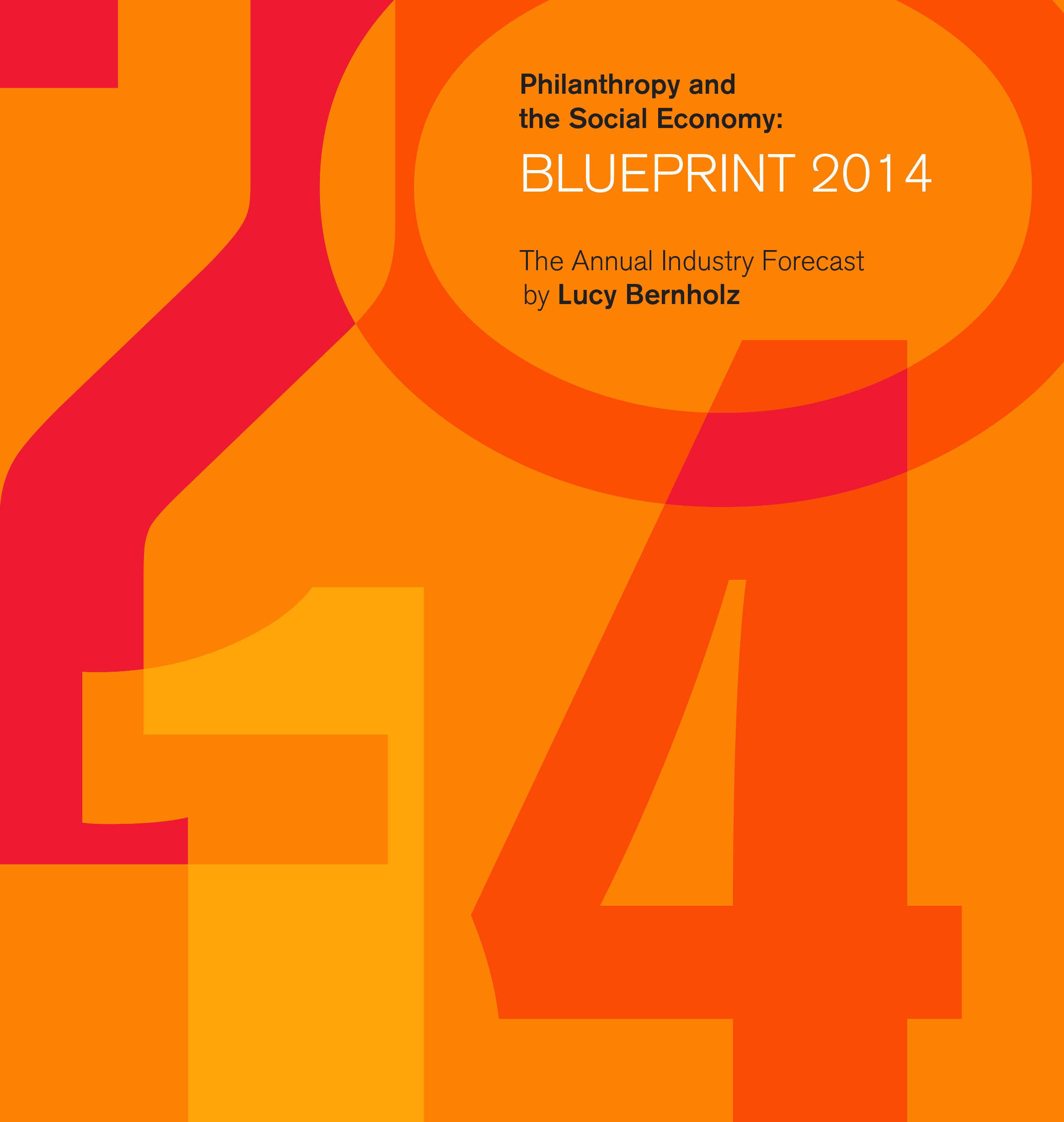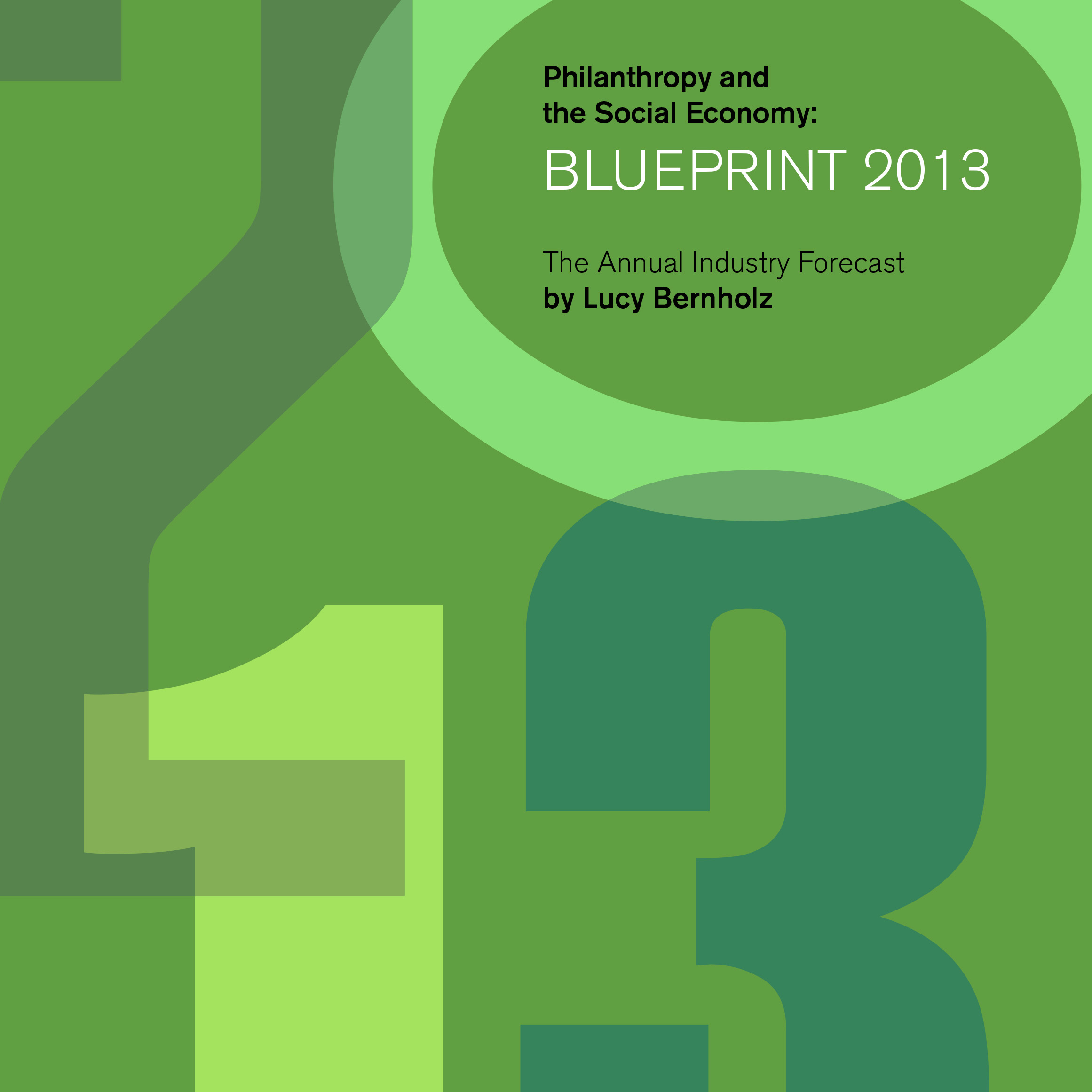Why the Social Economy Frame Matters Expanding our lens
Why does it matter if we expand our lens from nonprofits and philanthropy to the social economy? Simply put, only the social economy frame captures the full set of options for both donors (those with the financial resources) and doers (entrepreneurs and organization executives).
Each of us, with a dollar (or a euro) or an idea, chooses between these different options when deciding how to pursue our social purpose. With ever more limited resources, we are making choices from among an expanding set of options. Each activity requiring funding has to “make its case” in the face not only of other associations but also of other types of enterprises. Each type of enterprise or use of funding has to “make its case” in contrast to (or in potential partnership with) not just other associations, but also other types of enterprises. Our efforts to measure impact, value, return, and effectiveness – complicated as they are within just the bounds of philanthropy and nonprofits – are actually falsely framed unless we also factor in these other choices. This frame also helps us better understand the flow of diaspora remittances, the way philanthropy is perceived in emerging economies, and the types of public benefit institutions being funded by the global flows of philanthropic money.
Another reason for using the social economy frame is that it presents us with analogs and lessons we might otherwise overlook. Impact investors, for example, are hard at work developing sharable, comparable measures to inform management and other investors. The cooperative sector already has these. In the U.S., CoopMetrics offers enterprise-level performance management measures and tools. They help individual cooperatives better manage themselves while simultaneously providing credible, independent, comparative data.6 Efforts to develop accounting standards for public companies, such as the Sustainability Accounting Standards Board, are focused on entirely different targets than something like CoopMetrics, but the intention is similar – to provide a uniform system by which the true costs of running an enterprise can be measured. It is these types of efforts that ultimately facilitate public confidence and meaningful comparisons. This in turn lays the groundwork for late adopters to join in, bringing their resources and changing mainstream practice.
Takeaways are critical, bite-sized resources either excerpted from our guides or written by Candid Learning for Funders using the guide's research data or themes post-publication. Attribution is given if the takeaway is a quotation.
This takeaway was derived from Philanthropy and the Social Economy: Blueprint 2014.


